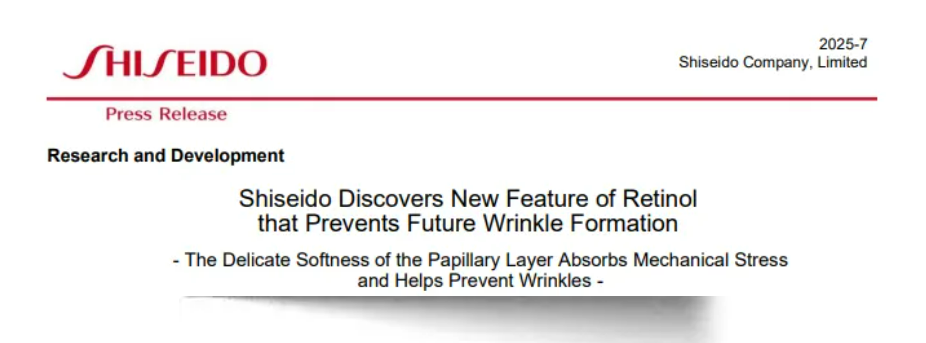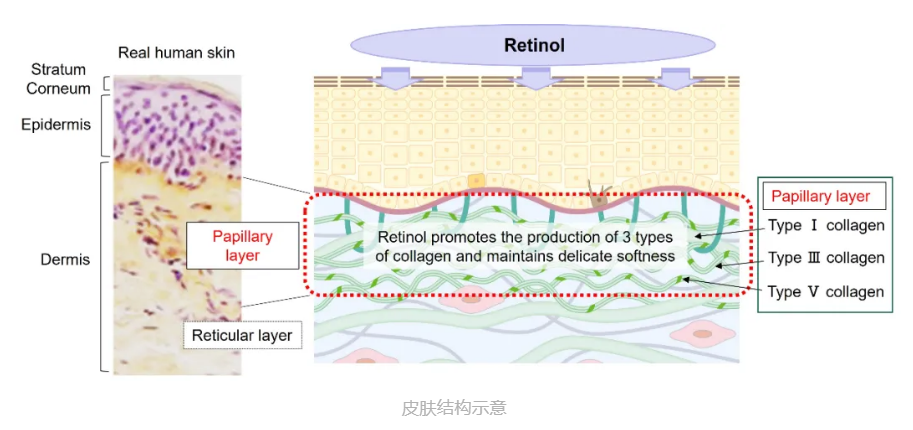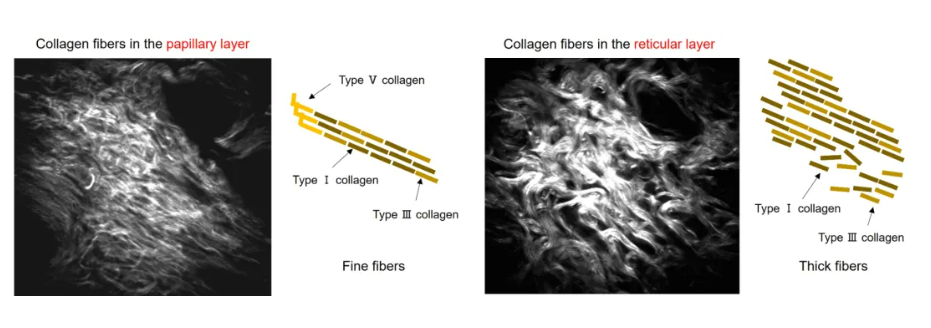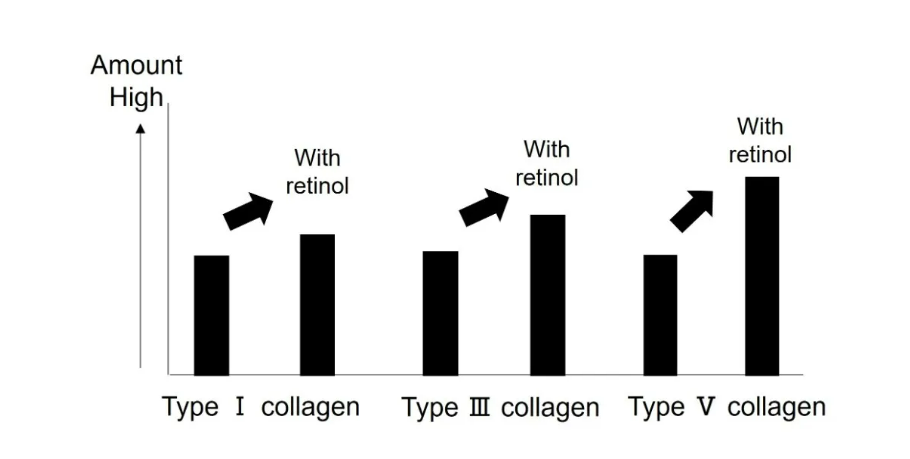Shiseido's latest research! Retinol actually has this effect?
Publish Time:
2025-08-07
As a classic representative of vitamin A ingredients, retinol (A alcohol) has always been one of the most representative active substances in the field of anti-wrinkle skin care. Its mechanism of action has been extensively studied and widely used in various functional skin care products, from promoting epidermal renewal and improving keratin metabolism to stimulating collagen production and improving fine lines and aging.
On July 22, Shiseido released its latest research results, revealing a new function of retinol, It was discovered that retinol not only improves existing wrinkles, but also has the potential to prevent future wrinkles from forming at the source.

Technical Deconstruction
The study pointed out that The formation of wrinkles is not only caused by external factors such as ultraviolet rays and dryness, but also by daily facial expressions as one of the important reasons. When constantly making movements such as smiling, frowning, and squinting on weekdays, the skin inside will be repeatedly stretched and contracted. If the stress generated is directly transmitted to the deep layers of the skin, it will cause tissue damage and collagen loss over time, eventually forming obvious wrinkles.
Shiseido's research focuses on a key structure in the deep layer of the skin - Papillary dermis (papillary dermis) It is located between the epidermis and the dermis and is a soft, delicate collagen tissue area with three types of collagen densely arranged inside.

Its function is like a 'shock-absorbing pad' in a building, absorbing most of the mechanical stress during facial expression activities, preventing the stress from being transmitted to the lower dermis, thereby protecting the stability of deep collagen.
Once this 'cushion' becomes thinner and harder with age, The skin will lose its buffering capacity during repeated stretching and is more likely to develop permanent wrinkles. 。
Why does the papillary layer have such a special buffering function? The key lies in its unique composition structure.
The study found that inside it It is composed of three types of collagen: type I, type III, and type V. These three types of collagen work together, like steel bars, cement, and structural glue, to build a 'fiber network' that is both flexible and supportive.
Among them, Although the content of type V collagen is rare, it plays an adhesive role, helping type I and type III collagen to be arranged more finely and orderly, and is an indispensable element for maintaining the structural integrity of the papillary layer. 。

However, with age, the synthesis capacity of these three types of collagen gradually declines, the softness and deformation capacity of the papillary layer significantly degenerate, and the stress buffering function also weakens, opening the channel for the formation of wrinkles.
In order to further verify the mechanism of action of the papillary layer, the Shiseido team used a self-developed three-dimensional skin elasticity imaging system to 'recognize' the existence and changes of this structure for the first time.
The study showed that in wrinkle-free skin, the papillary layer exhibits low elasticity and high flexibility; while in skin with obvious wrinkles, this structure almost degenerates and disappears, and the dermis as a whole exhibits increased rigidity and decreased stress absorption capacity.
On this basis, the researchers introduced retinol intervention to further observe its ability to regulate the expression of three types of collagen.

The experimental results show that Retinol can not only increase the synthesis of type I and type III collagen, but also significantly activate the expression of type V collagen. , thereby helping skin reconstruction The papillary layer, a mechanical buffer zone, enhances its structural stability under dynamic stress.
This discovery not only provides a new understanding of the mechanism of retinol, but also expands its application logic: from a repairing ingredient that improves existing wrinkles to one that has 'early intervention' Potential defensive ingredients. It is especially suitable for areas with frequent expressions and dynamic lines that are easy to set, such as the eye area and nasolabial folds.
As anti-aging skin care is increasingly showing a 'younger age' trend, this research approach that shifts from repair to prevention may become one of the key topics in future anti-wrinkle research.
Tong Jun's Comments
Shiseido's research on the new efficacy of retinol not only expands the industry's understanding of the mechanism of wrinkle formation, but also heralds that the anti-aging skin care narrative centered on anti-wrinkle and firming is gradually moving towards a new stage of 'early intervention'.
In particular, the mechanical buffering mechanism centered on the dermal papilla layer is providing new entry points for anti-aging product development. This type of more structure-oriented efficacy logic is not only more in line with the actual mechanism of the ingredients themselves, but also helps to build a foundation for consumers. More scientific and forward-looking Skin care expectations.
For anti-aging products that need to be used for a long time and gradually take effect, Early intervention and delaying aging It may be more convincing than 'short-term wrinkle reduction' and more in line with the acceptance trend of 'anti-aging first' among younger people.
Tongjun Pharmaceutical focuses on the research and development and production of cosmetic raw materials, providing 2 specifications of retinol raw materials:
1. Pure product: purity ≥ 99%, crystalline powder.
2. 50% solution, easy to use.
Welcome to contact us for samples and information!
Prev:
Relevant Information
undefined





